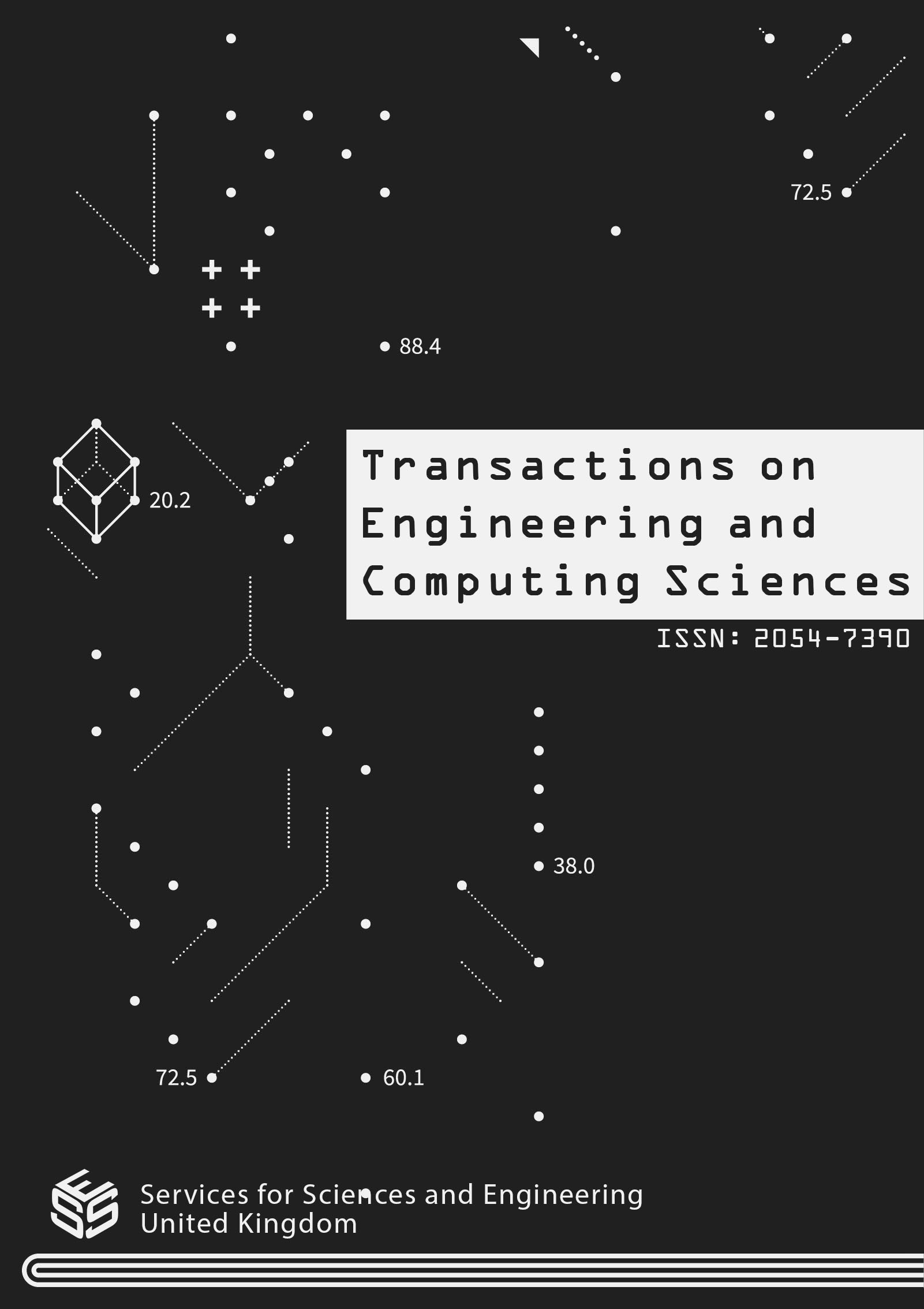Applying High-Resolution Gravity Analysis to Volcanic Plumbing Systems: The Case of Nevado De Toluca Volcano, Mexico
DOI:
https://doi.org/10.14738/tecs.114.15392Keywords:
Nevado de Toluca, Satellite gravity data, 3D inversions, Volcanic plumbing systems, Trans Mexican Volcanic BeltAbstract
The plumbing systems of volcanoes are the reservoirs and conduits in which magma is stored and transported in a volcanic structure; their geometries and volumes help place physical limits to the location and size of shallow magma deposits and associated volcanic products. Density variations in the volcanic interior are reflected in the surface gravity field. Performing 3D inversions of the Bouguer anomaly allows the modeling of density distributions, thereby inferring the plumbing system. The process is here exemplified by Nevado de Toluca volcano; it has been active over the past 2.6 My through emissions of andesitic lava flows and pyroclastic deposits. The crater was destroyed at least two times, and the latest activity was recorded at 3.3 ka. Using a high-resolution, satellite gravity data set, and a corresponding magnetic field set, also collected via satellite, we performed 3D inversions on the Bouguer anomaly and the magnetic measurements enclosing this volcanic structure, with resolutions of 500 and 1000 m; the results were obtained in the form of density and magnetic susceptibility volumes, with depths reaching 5 km from the surface. The resolution of the gravity data set unveiled hitherto unknown characteristics of the upper sections of the volcano’s plumbing system consisting of a magma chamber and at least two conduits reaching the surface; a cross-section through the summit shows the dacitic dome known as El Ombligo, between those conduits. Preliminary estimates of the depth and volume of the magmatic chamber are 5-6 km below the summit and ~16 km3, respectively. The low-density regions are also associated with the neighboring San Antonio volcano and the Tenango lava flows. Since the high-resolution, satellite gravity data used here were gathered all over continents and numerous islands between ±60º latitudes, this procedure can be applied to almost any volcanic structure within this latitudinal range.
Downloads
Published
How to Cite
Issue
Section
License
Copyright (c) 2023 R. Alvarez, M. Camacho

This work is licensed under a Creative Commons Attribution 4.0 International License.






